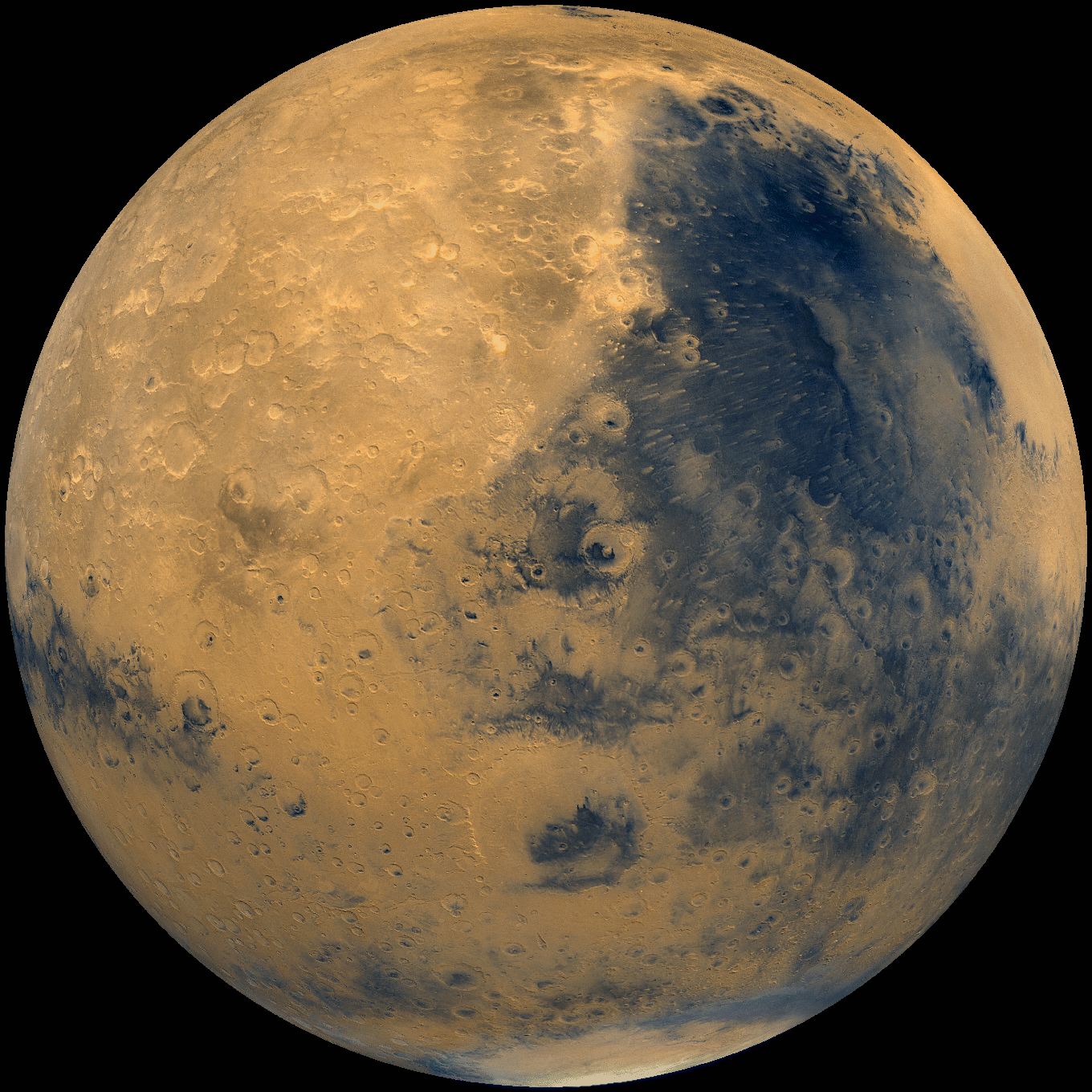Mars can have more water than scientists think
The data showed that there are basement lakes on March in 2018. These data came from a Space ESA ship called Mars Express. The radar signals of the space vessel on the surface of the red planet and the data collected have shown that the southern pole of the planet appeared to have liquid basement lakes. Since 2018, follow-up studies have revealed what is supposed to be additional underflow lakes on Mars.
A new document has recently been published by a pair of NASA propulsion laboratory scientists. The paper describes the search for dozens of similar radar reflections around the South Pole. The researchers analyzed a wider set of data collected by Mars Express. However, a discovery that the data revealed take place. Scientists say that many radar reflections indicating water under the surface are in areas too cold to stay in a liquid state.
The JPL Jeffrey scientist says whether the signals are liquid waters is a mystery, but scientists know that the signals seem to be much more widespread than the original study found. The platelet says that one of the liquid waters is common under the southern pole of March or the signals indicate something else. Originally, the radar signals interpreted as groundwater were found in a region of March known as southern polar layer deposits.
This region draws its name from the alternating layers of water ice, dry ice and dust that settled on the millennia. This particular area is of very high interest for scientists because they think the layers are a record of how the inclination of the axis of March has changed over time. The researchers are part of the radio waves on the surface of the planet, which allow them to look below the icy layers and to plant them in detail.
Radio waves lose energy when traveling the material in the basement and reflect on the spacecraft as a weakened signal. However, in some cases, signals returning from the region suspected of having groundwater were brighter than those on the surface. These signals have been interpreted to involve the presence of liquid water because the water is known to strongly reflect radio waves. The plague says that mapping receives scientists a few steps closer to understanding the extent and cause of mysterious radar reflections.


